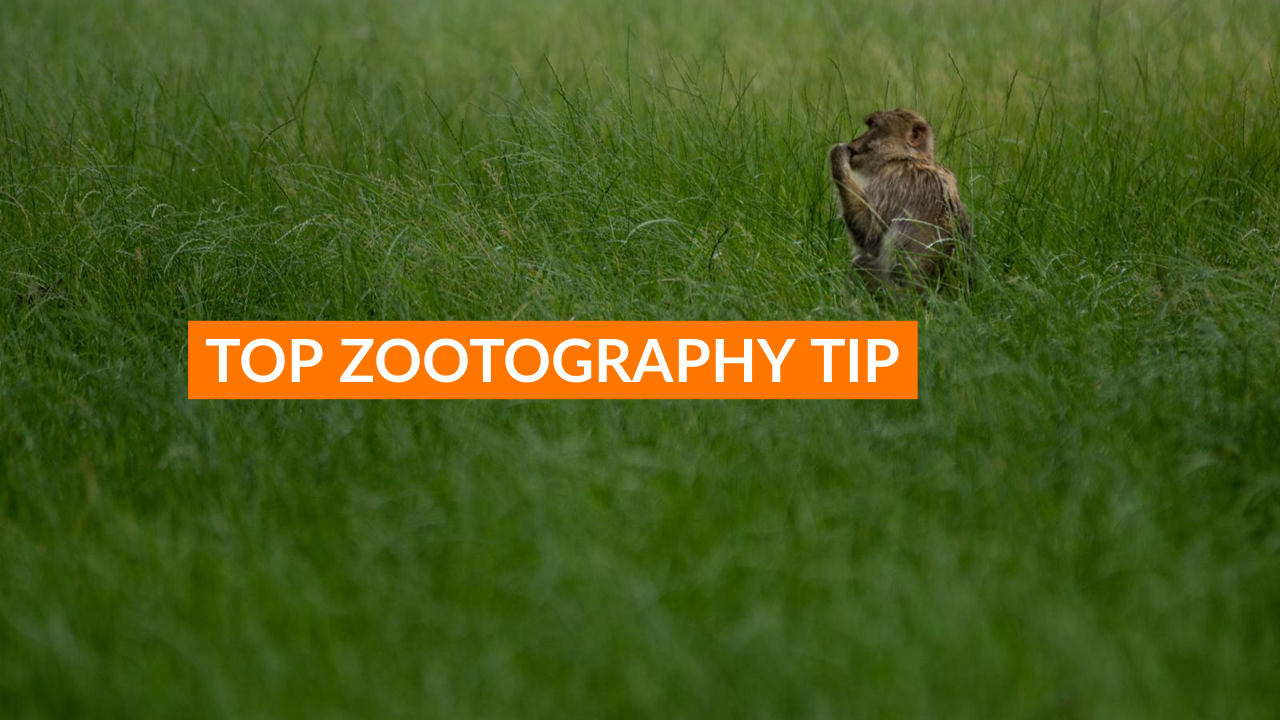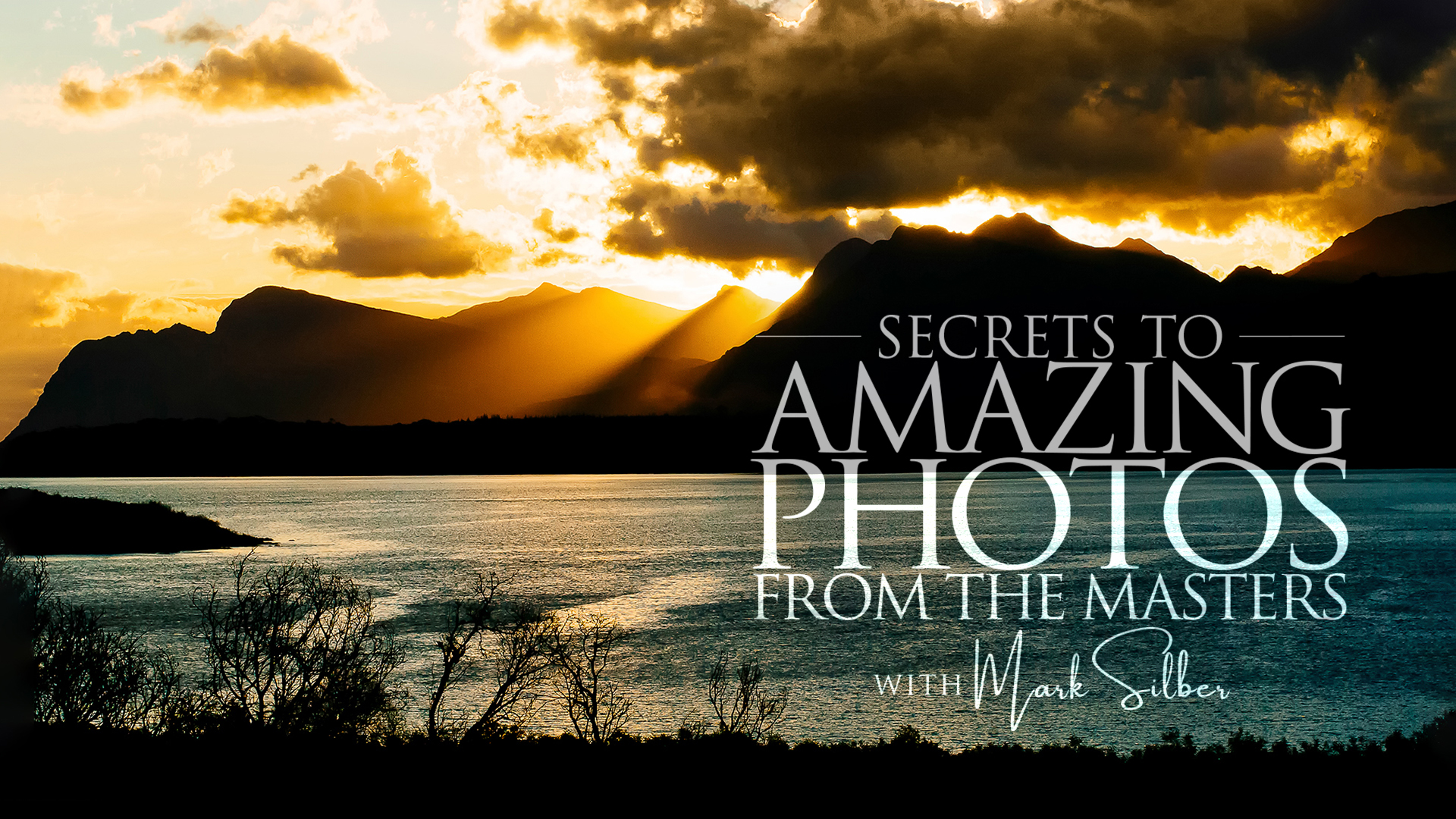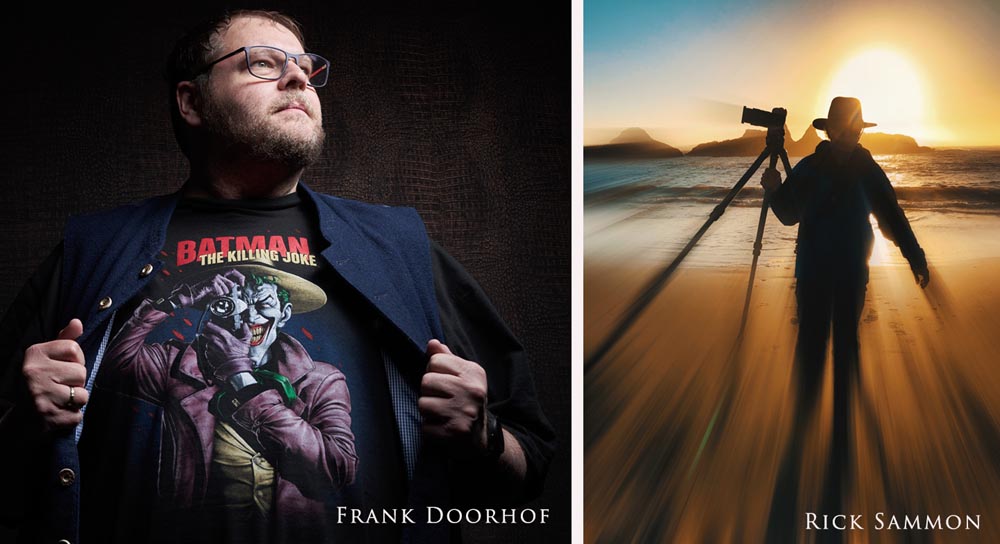
Finding Your Superpowers & Inner Voice
First, thanks to Scott for having me back on his blog and thanks to Brad Moore for putting this all together. Love you guys!
This post is a condensed version of the chapter Finding Your Superpowers and Inner Voice in my latest book, Photo Quest – Discovering Your Photographic and Artist Voice. A book, by the way, that does not include a single photograph – only words of motivation and inspiration. Some by me and some by the team of awesome All-Star Photo Mentors I put together for this project. You’ll recognize a few of these names from Photoshop World and KelbyOne.
Enjoy, and please post your super power in the comments here.
“Batman doesn’t have any superpowers. He has to use his brain and his courage. That’s what always appealed to me.”
Patrick Leahy
Like Batman, you have a superpower (or superpowers), but you may not know what it is at this moment. That’s how I felt when I first started reading about superpowers.
I will share with you what I feel are my superpowers at the end of this chapter, but for now, let’s first explore superpowers, and then how they relate to you and your photography and art—and to finding your inner voice.
What piqued my interest in the topic of superpowers, which probably goes back to the time of Plato and Socrates (and maybe before that, although likely known by a different description), was a conversation I had with my son Marco.
Knowing more than a few successful and talented people, I was saying to Marco that people who are good at one thing are usually good at many things. Marco began talking about why people are successful and mentioned superpowers, a new term for me at the time. I was fascinated and started surfing the web for information on superpowers.
My search brought me to an article by Konstantin Mitgutsch on Medium.com. As Mr. Mitgutsch says in his article: “We have numerous hidden ‘Superpowers’ that are not just very human and personal, but really define who we are and could be on the deepest level. However, for a variety reasons, we’ve never understood this, let alone discovered these strengths and learned how to exploit them.”
On Forbes.com, Dede Henley argues that a superpower, “Isn’t a skill but a perspective, a mindset, a way of working that enhances everything you touch.”
To find our superpower, which defines our creative voice (among other things), we have to ask ourselves a few questions, taking photography out of the equation. The questions to ask are: What am I good at? What am I the best at? Why am I good at it? How did I get good at it? What do others think I am good at? Was I always good at it?
If all this talk about superpowers sounds far out (as we used to say in the 1960s), consider the following. After seeing a movie, you might say something like, “So and so is the best actor I’ve ever seen.” Sure, the actor may be a terrific actor, but he or she drew on their superpower to excel in their craft. That may be the power to influence others through their facial expression, the tone in their voice, and their ability to convey strong emotions and feelings that they drew on from their past for their performance in the film.
Another example is the guitar work of Carlos Santana. Sure, he’s a master guitar player, but his playing perhaps comes from his superpower, one of being very spiritual and mystical. You can read about his superpower on wsj.com in the article “The Mystical Journey of Carlos Santana.” In effect, Santana is playing the same notes as a million other guitar players. But his superpower makes him unique and gives him his creative voice.
Relating this concept to photography, Ansel Adams, for example, used the same aperture and shutter speed as other photographers, but he was unique because he drew on his superpower or superpowers, which may have been an affinity for getting in touch with nature, and his ability to see contrast and envision the end result, using what he called “creative visualization.”
In my quest to learn more about superpowers and our inner voice, I asked some of my well-known photographer friends about theirs. Take a look. Yes, these mentors are wonderful photographers, but their advice can be applied to many art forms.
Susan Dimock
Taking the time to “listen” to my own photography and process has been an important step for me in finding my voice. It has only been within the last couple of years that I have come to realize how my past career as a psychotherapist has influenced who I am in photography today. I did not fully understand this for a while, so at times I felt guilty for retiring early and “wasting” my degrees. Now I see nothing is for naught in life and everything we are and have been contributes to our voice as an artist.
As Ansel Adams said, “You don’t make a photograph just with a camera. You bring to the act of photography all the pictures you have seen, the books you have read, the music you have heard, the people you have loved.”
As a therapist, the art of listening is key to being successful. I believe speaking less and listening more can be useful on many levels in life, including in the realm photography. With that in mind, I’d like to suggest that this includes listening to ourselves more as well.
For me, this means tuning into my emotions and paying attention to my intuition. I find it interesting to have discovered that in my work as a photographer, it also includes listening with my eyes. In psychotherapy, of course, we would call this paying attention to body language.
Practically speaking, with my own photography, I discovered that listening to how I feel while shooting, as well as how I feel when I view my images, gives me important clues to pursue in the process of defining my voice. This in turn, allows me to add depth and purpose in my work as a photographer.
A couple of years ago it started becoming very important to me to “find my voice.” I needed to figure out why I’m taking photographs and what I want to do with them. I became weary of collecting images without purpose and wondered why I was continuing to shoot at all.
With that question in my mind, I began reviewing my portfolio and paying attention to how I felt as I did so. Amazingly, my own work began to reveal to me more about who I am as a person. Story lines began to show themselves and patterns and themes became apparent.
I tuned into how I felt about these discoveries. I asked myself: What style and type of subject evoked emotion in me? What memories came to the foreground? What strengths and weaknesses did I notice? Where did I take risks? Did I sense any originality or uniqueness? What life lessons did I learn? Most importantly, what puts a smile on my face and causes me to linger? It is those two variables that indicate to me that I am moved by my own work and that I feel proud.
I apply these same concepts and questions to my process in the field. Am I enjoying myself? Do I feel exhilarated on a shoot or is it drudgery? Again, am I moved and do I take time to linger and soak it all in? Once more, the answers, if we’re honest with ourselves, are all vital clues as to how we can best move forward with an authentic and meaningful voice.
Naturally, there are many other things that are important as we move forward to define ourselves as artists. Things such as experiencing art within varied disciplines, traveling, reading and going to museums.
All of these enrich our worldview and thus reveal themselves in our body of work. Rick speaks to a lot of these things in his book Photo Therapy Motivation and Wisdom. And his voice is clear and meaningful.
To sum up, don’t forget to look for clues and listen to your own work and process as well. Check it out, you may be pleasantly surprised at who you have become as a photographer, and as a person.
Through this introspective process of defining my personal voice and vision, I continue to learn about myself and what’s important to me – and how I may contribute to this world.
Photography is a powerful medium through which to view ourselves, humanity and this beautiful earth.
Scott Bourne
My superpower is letting go.
As a bird photographer, I learn all that I can about the natural factors behind each photographic opportunity, but I never know how they will play out. My artistry focuses on the beauty of things that are random. Avian subjects operate within their own free will, on their own time and according to millions of years of genetic imprinting. In short, the bird flies its own path, and it’s highly unlikely that I can influence that path.
This is different than working in a photography studio where I have control over the set, the model and the lights. As a photographer who makes avian art, my power is knowing how to give up. I just show up prepared to interact with beauty that I don’t control. I must learn to be at peace with my subject on their terms, not on mine. In other words, the only way to be successful is for me to give up all control. The peacefulness of that perfect space has infinite worth.
Karen Hutton
I’ve always felt as though my superpower is an ability to bring an ethereal quality into physical form and make it practical. I’ve always had it, since having a vision when I was a kid that imprinted itself on my soul. It involved light, awe, and the undeniable ability they have to heal and transform everything in their path.
But what do you do with that when it comes in like a lightning bolt as both a basic truth and a blueprint for your life when you’re eight years old? What I did was set out to find a way to live it.
As a result, I understand the ways in which we’re hardwired to experience awe and how it comes in through frequencies of light (hello photography), but I also understand how our very survival depends upon living that as our reality.
I’ve figured out ways to show people how to find that within themselves, to unlock it, and learn to trust it over any other voice. I’ve taught many disciplines—speaking voice, dance, figure skating, and acting—but art and photography has been the clearest path for me. After all, our medium is light!
My friends tell me that my photographic superpower is creating magic, both in-camera and through post-processing. Creating and capturing awe, and showing the world awe still exists. I hope that’s true! It’s certainly the imperative that my muse seems to sing out in my ear from the moment I wake up each morning.
I try to use my voice—both the artistic and physical ones—to ignite and inspire. It feels as though it’s the most authentic way to live and the most in keeping with what feels like the most powerful directive I’ve ever received, back when I was a sprout.
Unmesh Dinda
There are millions of people who are far better in Photoshop than I am, including my friend Rick Sammon, and I admire their work! The superpower that sets me apart is my love for teaching. No matter how complex the concept is, I somehow can break it down in a way that even a six-year-old can understand. Teaching has always been my gift; Photoshop is just a medium to practice my gift.
Frank Doorhof
People know me by my studio and fashion work, as well as my lighting techniques, but I feel my superpower is projecting my passion and joy onto my clients. And if I could offer some advice, I’d say try to project your passion, and the rest will follow.
Scott Kelby
Although I am mostly known as being skilled in Photoshop and Lightroom, and at making pictures, I think my superpower is teaching—being able to communicate complex ideas in a simple and fun manner. I like to make learning fun.
Piper Mackay
My “authenticity” is what Rick calls a superpower. It’s my deep passion and love for photographing the tribal people and wildlife throughout the African continent. I gave up everything to follow my photography dream, and now I am able—through my photography and my teaching—to inspire others to explore, respect, and try to preserve the beauty of our fragile planet.
Don Komarechka
My superpower is not caring if I’m right. I love to experiment, and I always have an idea in my mind of what I’d like to see, but I am thrilled with any outcome. Failures and mistakes should be reveled in, as you don’t learn anything from doing it right the first time!
I might hypothesize that a photographic experiment will yield fantastic results, yet it turns out to be nothing more than a blurry mess; I embrace the challenge to learn from everything, sometimes enjoying the problem-solving process more than the results.
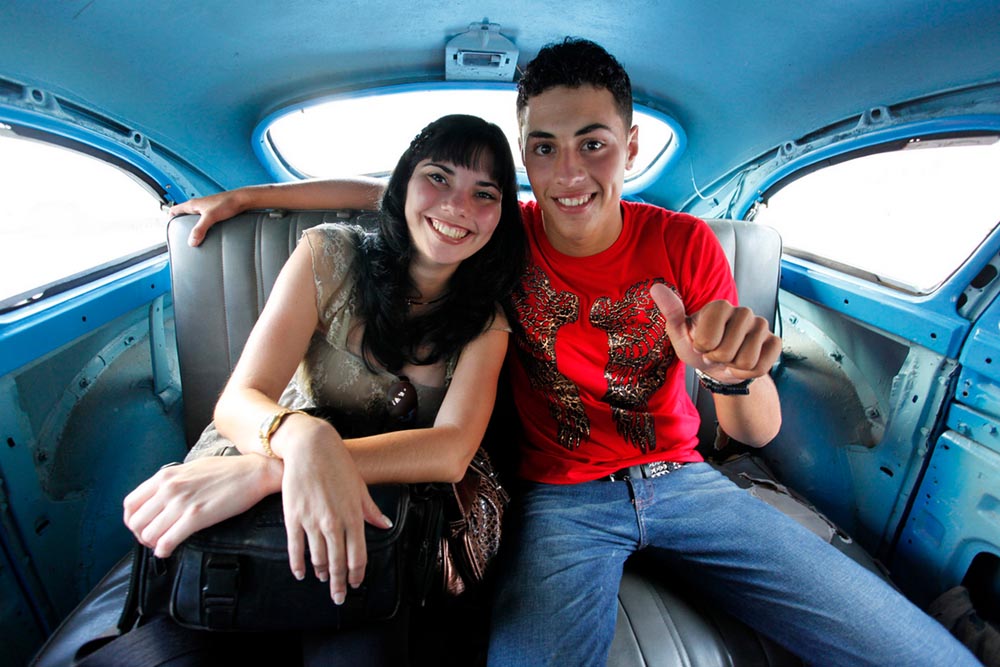
Rick Sammon
My Turn – So what is my superpower? Well, after pondering the question for a while, I think I draw on different superpowers in different situations, which is something that probably applies to you, too.
In my photography, it is the ability to communicate and have an awareness of the situation.
Because I love photographing “strangers in strange lands,” communicating with the subject, most of the time without words, is the key to getting a good picture. Awareness plays into that, as I must be aware of everything that is going on around me, as well as being aware of how my facial expression, body language, tone of voice, and so on, is affecting the subject.
Being aware ties into another superpower that photographers, especially sports and wildlife photographers, need: it’s the ability to see into the future, like a fortuneteller.
In other words, photographers need to be able to anticipate where and when a special moment will take place, and how light and shadows and color, as well as a subject’s changing gesture, will affect a scene.
This fortuneteller superpower comes from experience, and I have drawn on my lifetime experience of taking pictures to be in the right place at the right time for many of my favorite photographs.
Communicating and awareness are also important in writing. Writers must communicate with their audience and be aware of their feelings. Writing is not a one-way conservation…if you “listen” to what the audience may say and think about how they will react.
I think my other superpower is an internal force that drives me to focus on a project and to never give up. That goes for writing a book with almost 45,000 words or installing a split-rail fence in my backyard (which was actually a ton of fun).
Take some time, from time to time, and try to identify your superpower. Once you find it, and realize the effect it has on your photography (and life), my guess is that your photographs will have more meaning to you and give you a greater sense of satisfaction. You will feel empowered, like a comic book superhero, to leap to new photographic heights.
Another idea is to ask a loved one or friend what they think your superpower may be.
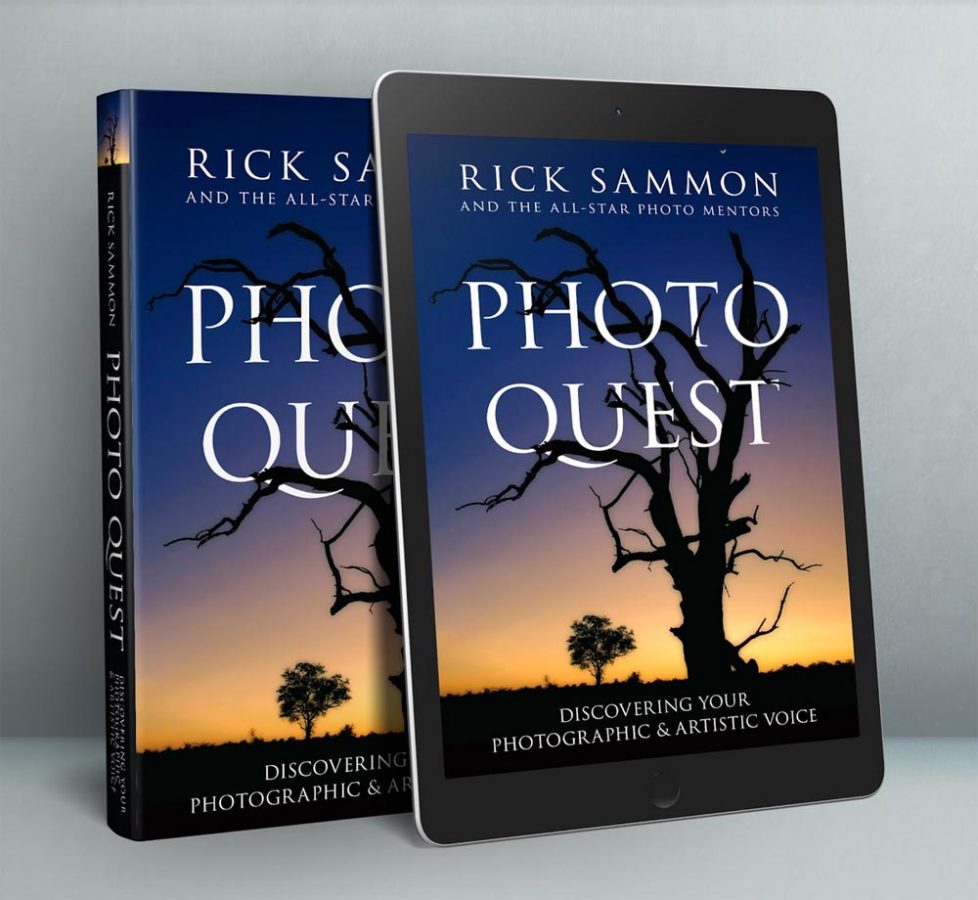
To learn more about your superpowers, discovering your artistic voice, the roller coaster ride of creatives and more, check out Rick’s book, Photo Quest, which is available as a paperback and an ebook on Amazon.
You can see more of Rick’s work and find links to his books, seminars, prints, and more at RickSammon.com. Be sure to follow Rick on Twitter, Facebook, Instagram, YouTube, and Pinterest.



